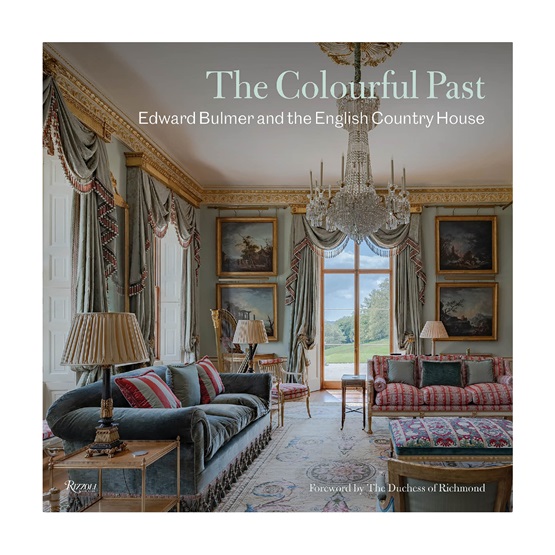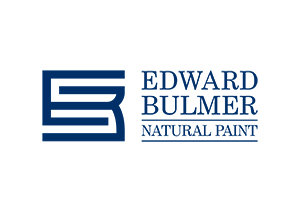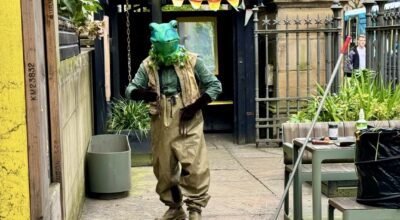We are delighted to be working with Edward Bulmer Natural paint who have recently become the Gallery’s Official Paint Sponsor. Our Head of Development, Jo Beggs, had a chat with Founder Edward Bulmer about why the company has chosen to work with Manchester Art Gallery, providing all the paint for new exhibitions.
Interview with Edward Bulmer, founder of Edward Bulmer Natural Paint
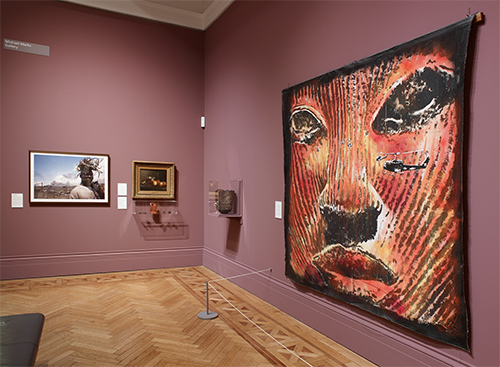
Jo: Can you tell me about how you started in paint production and what inspired you about it as an industry?
Edward: I am an Interior Designer by training, with a strong interest in heritage interiors. Some years ago I was working with Goodwood House in Chichester on a project where there was a strong emphasis on environmental sustainability. I looked around for a quality eco-friendly paint made with natural materials and was surprised to find that they just were not available.
Jo: Why is it important to you that you are producing natural paint?
Edward: People live in close quarters with paint, so it’s unbelievable that it can cause a real danger to health. My research gave me an even greater incentive to find what I was looking for. Even the World Health Organisation had raised concerns around off-gassing – the release of chemicals in the paint into the air – from paints made with petro-chemical derivatives. They showed that this could be detrimental to the health of children and adults, causing allergic reactions, nausea and headaches. Even after UK legislation was introduced in 2010 that aimed to better control the industry, there was still no natural paint being manufactured in the UK. It became very clear to me that there had to be a better solution for all my clients. I started looking for a manufacturer who was producing natural paint. There were none in the UK but I found what I was looking for in Brunswick in Northern Germany.
Jo: So what makes your natural paint different from other paints on the market?
Edward: There is no plastic in our paint, and no solvents. Making paint in this way is not the easiest or cheapest, and our German manufacturers are committed to constant innovation, as are we in producing the colours. We don’t use any synthetic dyes with all the colour coming from ground pigment.
Jo: This is why we are so interested in working with you as our Official Paint Sponsor. It very much aligns with our own environmentally sustainable goals – including being part of Manchester City Council that has pledged to be zero carbon by 2038.
Edward: When we started producing natural paints the market wasn’t that interested. That’s definitely changed. People are increasingly interested in what’s in the products they buy. It’s important that companies are transparent about their products to help people make a choice. We declare every single ingredient we use.
The gallery’s ethical and environmental stance are why working with you is as good as it gets for us. It’s not just about our colours and how good they’ll look with the art, it’s also that our ethics align. We love your interest in environment and wellbeing.
Jo: Our decorators actually sent me a message to say how much they liked the paint and how easily it went on the walls.
Edward: That’s good to hear. It’s important that the paint handles like a modern paint. Natural paint also offers breathability which is important in historic buildings, and there’s no waiting around for off-gassing to happen before you can hang pictures or use the room.
Jo: Our Curators are very excited about the range of colours you offer.
Edward: The colours are our own distinct range. We are very excited to work with Manchester Art Gallery because of the tonal dialogues that happen between wall colours and paintings. Our colours are very accommodating of artworks, particularly historic works which will undoubtedly have been made with some of the same pigments – ingredients that would be completely recognisable to historic artists.
Jo: How do you go about selecting colours to go with artworks yourself?
Edward: It’s important to see the artworks first – or the furnishings or even the hard surfaces of a room, anything with natural pigmentation. Then you can match those pigments to the paint colours. Contemporary artworks – which tend to have a wider range of materials and pigments – can work better with less earthy colours.
It’s important to think about the light too. Most paint companies test their colours in natural light, which although it shows the true colour, is very different to how it will look in a domestic space or an artificially lit gallery.
Jo: What’s your favourite colour from your range?
Edward: Aquatic is definitely one of them. Some people see it as green, some as blue. It’s a particularly good colour to hang pictures on.
There are some colours that I wouldn’t recommend for gallery walls – yellow is one. Also, there are some colours we don’t produce because there’s little historic precedent in natural pigments – we don’t have a strong red for example.
Jo: What’s next for Edward Bulmer Natural Paint?
Edward: The plan is to set up manufacturing in the UK. We’re putting together a plan to get that set up in the next couple of years – and we’ll be the first natural paint manufacturer in the UK.
But first we’re delighted to be opening a shop in the design heart of London (194 Ebury Street) in just a few weeks time (19th April)
Find out more about Edward Bulmer Natural Paint
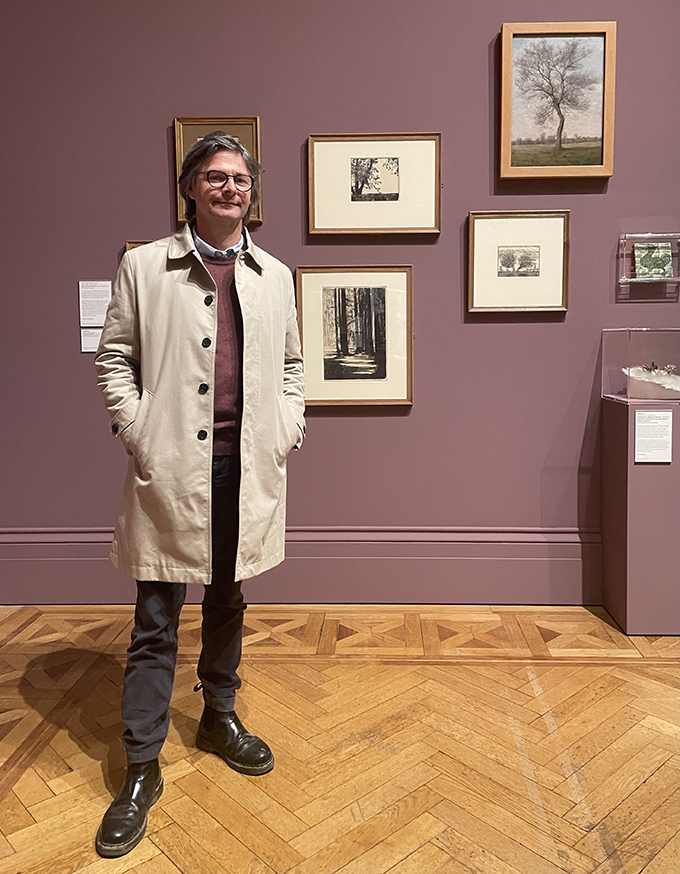
Edward Bulmer’s new book, The Colourful Past: Edward Bulmer and the English Country House, is available to buy now in the Gallery Shop.
